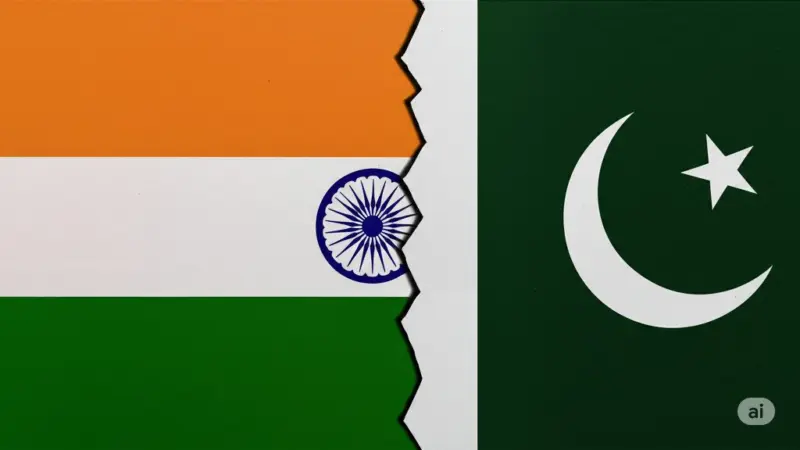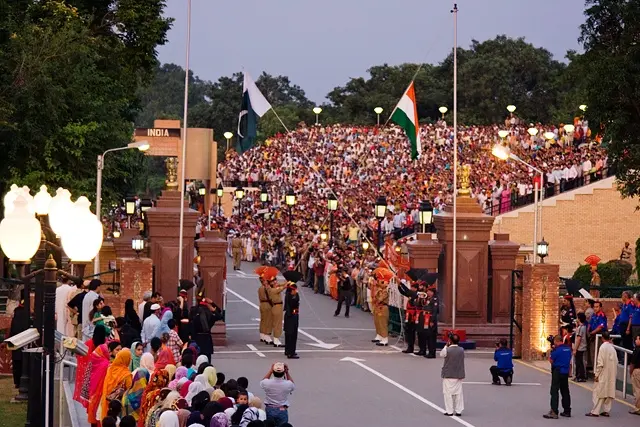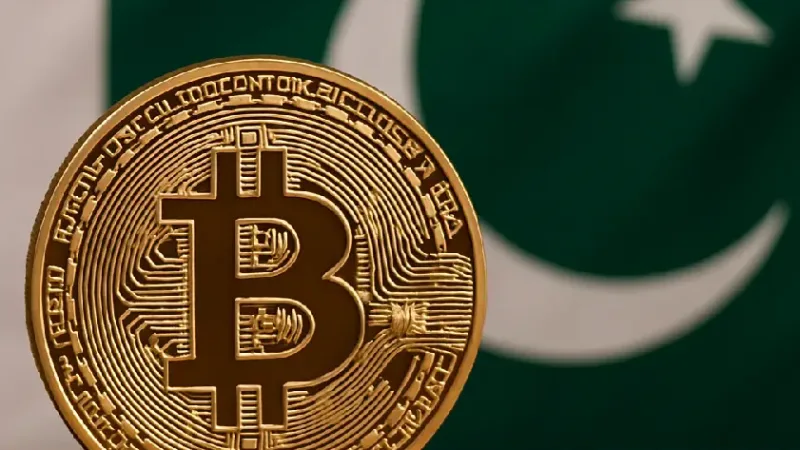The Atomic Shadow: Science and History of Hiroshima and Nagasaki
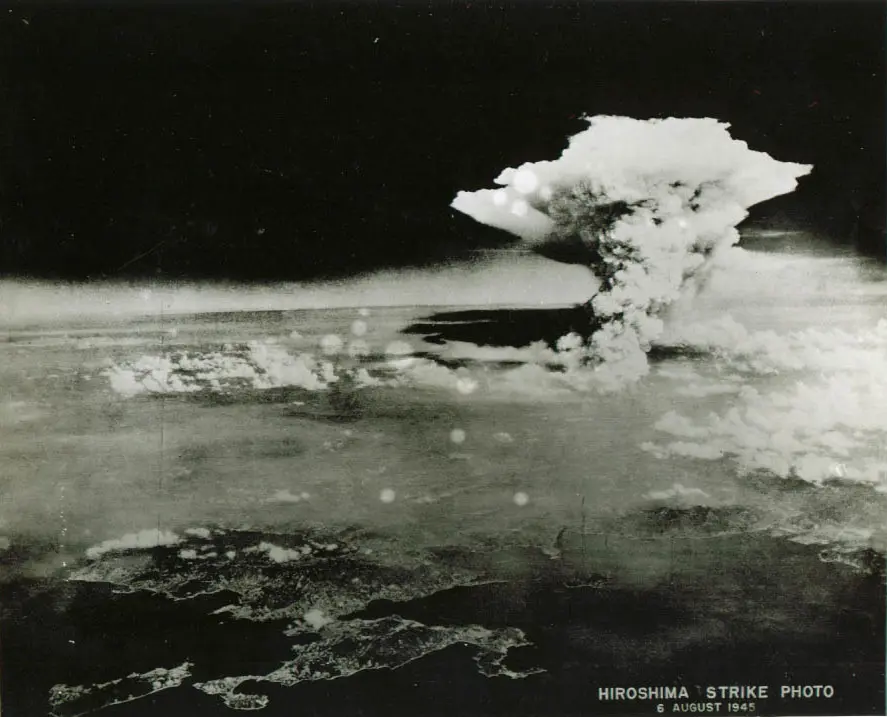
80 years ago, on the morning of August 6, 1945, the city of Hiroshima stirred awake like any other summer day. Children walked to school, shopkeepers opened shutters, and workers crossed bridges unaware that within minutes, their world would be unrecognizable. At exactly 8:15 a.m., a new chapter of human history was written in blinding light and unbearable heat. A single bomb, the first of its kind, fell from the sky and unleashed the power of the atom on a civilian population.
Three days later, Nagasaki suffered the same fate.
In less than a week, over two hundred thousand lives were lost or scarred forever. Cities were flattened. Generations were haunted. And humanity crossed a line it could never uncross.
But behind the mushroom clouds and devastation lies a complex story of science, ambition, fear, and morality. The atomic bomb was not just a weapon of war. It was the result of decades of scientific discovery, driven to its conclusion by geopolitical urgency. The story of Hiroshima and Nagasaki is not only one of destruction but also a warning and a question: What happens when knowledge becomes more powerful than our wisdom to use it?
In this article, i will explore the science behind the bombs, the events that led to their use, and the legacy they left behind. It is a journey into the moment when science became a force that could end civilizations, and why understanding that moment still matters today.
The Road to the Bomb
By the early 1940s, the world was locked in a brutal war that had consumed continents and cost millions of lives. Nazi Germany had swept across Europe, and Imperial Japan had extended its reach deep into Asia and the Pacific. As nations mobilized armies, another, quieter battle was unfolding—one in laboratories, chalkboards, and minds trained on the unseen world of atoms.
The discovery of nuclear fission in 1938 by German physicists Otto Hahn and Fritz Strassmann was the scientific breakthrough that changed everything. When scientists realized that splitting an atom of uranium could release an immense amount of energy, the implications became instantly clear. If harnessed correctly, this reaction could create a weapon far more powerful than anything the world had ever known.
Alarmed by this potential and aware that Nazi Germany might pursue such a weapon, a group of physicists, including Albert Einstein and Leo Szilard, urged the United States government to act. Their letter to President Franklin D. Roosevelt helped trigger what would become one of the most secretive and ambitious scientific efforts in history: the Manhattan Project.
Under the cover of wartime urgency, the United States gathered some of the greatest scientific minds of the era. Physicists, chemists, and engineers from across the Allied world were brought together to develop a working atomic bomb before the Axis powers could do the same. With massive funding, hidden laboratories, and the political will to see it through, the project began to take shape.
As World War II progressed, Germany’s defeat began to look inevitable. But Japan continued to fight with relentless resolve. The battles of Iwo Jima and Okinawa had shown the devastating cost of a potential invasion of the Japanese mainland. American military planners estimated that millions of lives could be lost on both sides.
It was in this context—between the agony of war and the triumph of science—that the atomic bomb went from theory to terrifying reality. Scientists at Los Alamos, led by J. Robert Oppenheimer, completed the first successful test of an atomic bomb on July 16, 1945, in the New Mexico desert. The explosion lit up the dawn and turned sand into glass.
The world had changed forever, but only a few knew it. That silence would end just three weeks later.
The Science Behind the Bomb
At the heart of the atomic bomb lies one of nature’s most powerful secrets: the energy locked inside the atom. For centuries, the atom was believed to be the smallest, indivisible unit of matter. But by the 20th century, scientists had begun to uncover the complex inner structure of atoms and the forces that held them together. What they found was both elegant and terrifying.
The atomic bomb is built on the principle of nuclear fission. This process occurs when the nucleus of a heavy atom—like uranium-235 or plutonium-239—is struck by a neutron. The impact causes the nucleus to split into two smaller nuclei, releasing an enormous amount of energy in the form of heat, radiation, and more neutrons. These newly released neutrons can then strike other atoms, causing a chain reaction. If this reaction happens quickly enough, and in a controlled space, it results in a catastrophic release of energy.
The first bomb, dropped on Hiroshima and nicknamed “Little Boy,” used uranium-235. This version of uranium is rare and difficult to isolate. The scientists had to develop new techniques, including electromagnetic separation and gaseous diffusion, just to gather enough material. The bomb’s design was relatively simple: a “gun-type” mechanism that fired one piece of uranium into another to achieve critical mass—the point at which the chain reaction becomes self-sustaining and uncontrollable.
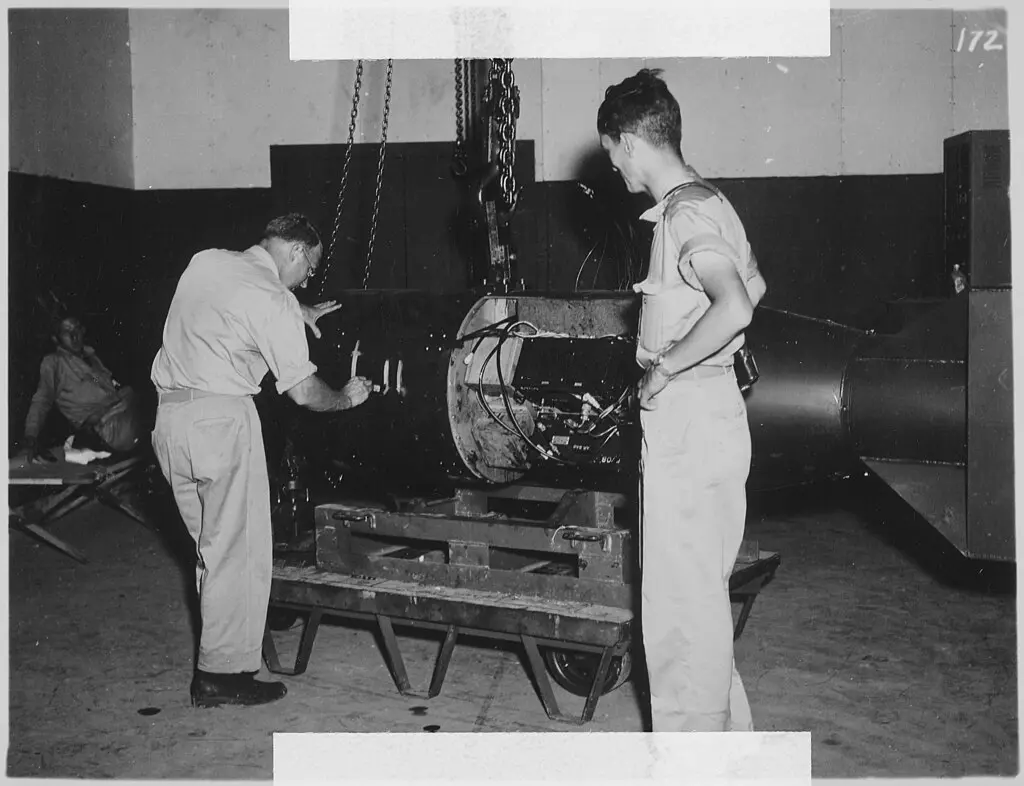
The second bomb, dropped on Nagasaki and named “Fat Man,” used plutonium-239, an element that does not occur naturally and had to be produced in nuclear reactors. This bomb required a more sophisticated implosion design. A sphere of plutonium was surrounded by high-explosive lenses that compressed the core evenly from all sides, forcing it into a supercritical state.
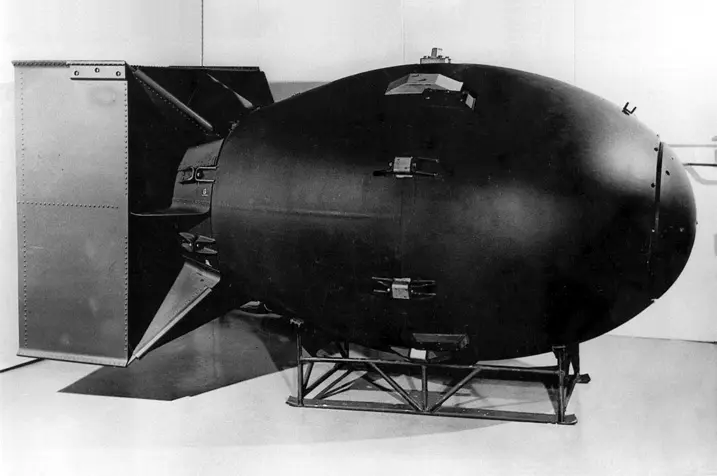
The energy released in both bombs was staggering. In Hiroshima, the explosion had a yield of around 15 kilotons of TNT. Nagasaki’s bomb was even more powerful, at around 21 kilotons. The bombs unleashed temperatures hotter than the surface of the sun, generated shockwaves that flattened entire neighborhoods, and emitted intense radiation that killed instantly and poisoned survivors for years to come.
Yet, for all its destruction, the atomic bomb was also a remarkable demonstration of human understanding. Scientists had peered into the structure of the atom, deciphered the forces of nature, and bent them into a weapon. It was a triumph of knowledge, but it came at a cost that would haunt generations. The science behind the bomb was not just about equations and particles. It was about the moment when physics escaped the lab and entered the battlefield, when discovery became destiny.
The Bombings
At 8:15 a.m. on August 6, 1945, a B-29 bomber named Enola Gay flew over the city of Hiroshima and dropped the first atomic bomb ever used in warfare. The bomb, “Little Boy,” fell silently for forty-three seconds before exploding about 600 meters above the ground. In an instant, the city was swallowed by fire, light, and wind. A blinding white flash lit the sky. Then came the roar.
The explosion released energy equivalent to 15,000 tons of TNT. Buildings within a two-kilometer radius were vaporized. The heat was so intense that people close to the blast left behind only shadows etched onto walls and pavements. Tens of thousands died instantly. Others were crushed beneath rubble or incinerated where they stood. Fires raged across the city. Black rain, laced with radioactive ash, began to fall.
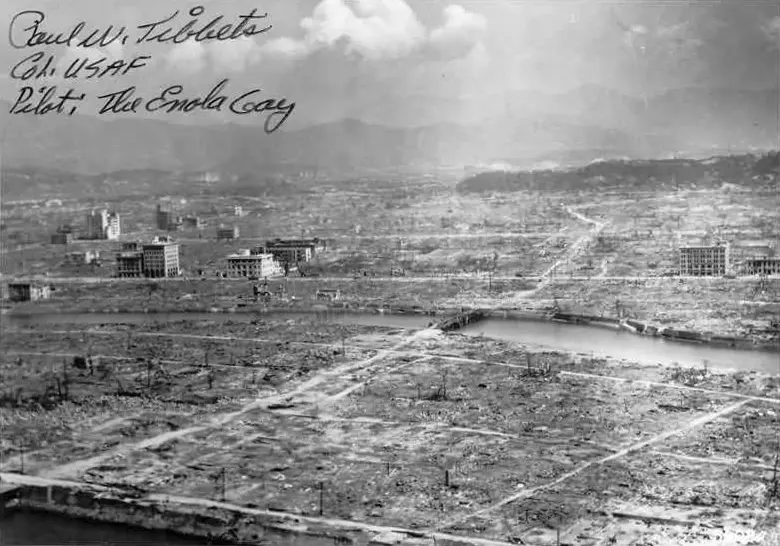
In the days that followed, survivors—those who had not died from burns, injuries, or the blast—began to show signs of a mysterious illness. Their hair fell out. Skin blistered. Internal organs failed. Doctors, overwhelmed and confused, were seeing the first known cases of radiation sickness on such a large scale.

Three days later, on August 9, another B-29 bomber, Bockscar, dropped the second atomic bomb, “Fat Man,” on the city of Nagasaki. The intended target had been Kokura, but cloud cover forced a change of plan. The bomb exploded with even more power than Little Boy—around 21,000 tons of TNT—but Nagasaki’s mountainous terrain absorbed some of the shock. Still, the destruction was horrific. Entire neighborhoods vanished. The Urakami Cathedral, a symbol of Nagasaki’s Christian community, was leveled in seconds.
By the end of 1945, an estimated 140,000 people had died in Hiroshima and 70,000 in Nagasaki, many from radiation-related illnesses. The true toll is likely even higher, as many deaths went unrecorded. Survivors, known as hibakusha, carried the physical and emotional scars for the rest of their lives.
Six days after the Nagasaki bombing, on August 15, Emperor Hirohito announced Japan’s unconditional surrender. The Second World War had ended.
The bombings of Hiroshima and Nagasaki were not just military events. They were moments of rupture in human history—moments when war reached a new depth of destruction, and when science revealed its power to both shape and shatter civilization.
The Human Impact
The atomic bomb did not simply destroy buildings. It erased families, disfigured survivors, and disrupted generations. In Hiroshima and Nagasaki, life was divided forever into two parts: before the bomb, and after.
Among the rubble and ash, survivors—known as hibakusha—staggered through streets that no longer resembled their cities. Many had suffered burns so severe that skin hung from their bodies like rags. Others wandered in shock, searching for missing loved ones. Hospitals were overwhelmed, but few doctors or nurses had survived. Supplies were scarce. Water, when found, was often contaminated. People drank it anyway.
In the days and weeks that followed, a new kind of suffering emerged—one invisible to the eye. Victims who had appeared uninjured began to fall ill. Hair fell out in clumps. Bleeding began without wounds. Fevers rose with no infection. These were the effects of radiation exposure, something few in Japan understood at the time. The symptoms confused even the doctors who had lived through conventional warfare but had never witnessed radiation sickness on such a scale.
For months, bodies were buried in mass graves or cremated on makeshift pyres. Identification was impossible in many cases. Families were lost not just physically, but from memory, with no trace left behind.
And then there were the children. Some were orphaned. Others were born in the following years with deformities and health complications. The psychological trauma of that moment lived on not only in those who experienced the bombings firsthand, but also in their descendants.
Hibakusha faced more than just physical and emotional pain. In the decades after the war, many were stigmatized, denied jobs, marriage opportunities, or even basic social acceptance due to fears about radiation. They became symbols of something the world could barely understand—and preferred not to confront.
Yet, many hibakusha chose to speak out. They told their stories. They became activists for peace and disarmament. They reminded the world that what happened in Hiroshima and Nagasaki was not just a scientific or military event. It was a human catastrophe.
Setsuko Thurlow, who was 13 years old when the bomb was dropped on Hiroshima, dedicated her life to nuclear disarmament and spoke at the Nobel Peace Prize ceremony in 2017 when the International Campaign to Abolish Nuclear Weapons (ICAN) received the award:
“I still feel the fear, the pain, and the overwhelming feeling of helplessness from that day. But I also feel a responsibility to never let the world forget what happened. I refuse to be a victim; I will be a survivor who refuses to let this horror happen to anyone else.”
The bomb was designed to end a war. But for those who survived it, the war did not end when the fighting stopped. It continued in hospitals, in memories, in silence, and in the long shadows cast by a flash of light that lasted only seconds but changed everything.
The Scientific Aftermath
When the dust settled over Hiroshima and Nagasaki, the world stood at the edge of a new era. The atomic bomb had done more than end a war—it had opened the door to the nuclear age, a time in which humanity now had the power to destroy itself.
The scientific community was deeply shaken. Many of the physicists who had worked on the Manhattan Project, once driven by the fear of Nazi Germany building a bomb first, now felt haunted by what they had helped create.
In the years that followed, nuclear science advanced rapidly. What began as a wartime project transformed into a global race. The United States’ monopoly on nuclear weapons lasted only four years. In 1949, the Soviet Union detonated its own atomic bomb. By the 1950s, both nations had begun developing even more powerful weapons, including the hydrogen bomb, which used nuclear fusion instead of fission and was many times more destructive.
This escalation marked the beginning of the Cold War, where science and politics became deeply entwined. Laboratories produced weapons not just for use, but for deterrence. The concept of Mutually Assured Destruction—the idea that a nuclear war would have no winners—became the uneasy logic holding the world in balance.
Yet even as weapons stockpiled, peaceful uses of nuclear science also began to emerge. Nuclear power plants were developed to generate electricity by harnessing the same fission reactions used in bombs, but in a controlled environment. Scientists explored the use of radioactive isotopes in medicine, agriculture, and industry. New fields like nuclear physics, radiobiology, and particle research grew rapidly.
Still, the shadow of the bomb never disappeared. Accidents like Chernobyl and Fukushima reignited public fears. The spread of nuclear technology raised concerns about weapons falling into unstable hands. Treaties such as the Non-Proliferation Treaty (NPT) were signed in hopes of controlling the spread and reducing global arsenals, but progress has been slow and uneven.
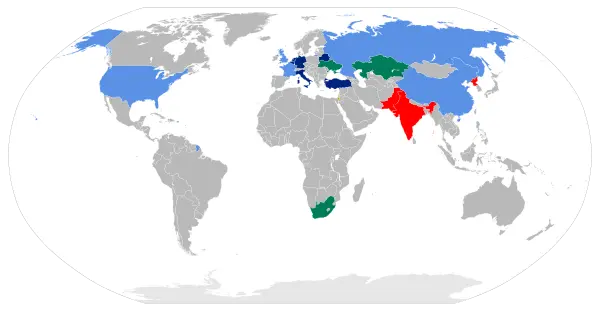
The scientific aftermath of Hiroshima and Nagasaki is a story of duality. It is a story of breakthroughs that saved lives and innovations that could end them. It reminds us that science is never neutral. Its direction depends on human choices, shaped by ambition, fear, hope, and ethics. The atom, once split, could never be made whole again. But the future it creates still lies in our hands.
Modern Reflections & Lessons
More than 80 years after the bombings of Hiroshima and Nagasaki, the world still lives under the shadow of the mushroom cloud. The cities have rebuilt, the survivors have aged, but the memory remains—a warning etched into the conscience of humanity. The atomic bomb was a triumph of science and a tragedy of its use. It showed us what we are capable of achieving, and what we are capable of destroying. Today, nuclear weapons still exist in vast numbers. Tensions between nations rise and fall, but the risk never truly disappears.
At the same time, nuclear science continues to offer hope. It powers cities, treats cancer, and expands our understanding of the universe. The same forces that leveled two cities now help preserve food, sterilize equipment, and illuminate the origins of matter. The legacy of Hiroshima and Nagasaki is not only about war. It is about choice. It is a reminder that knowledge, once discovered, cannot be undone—but it can be guided. Science has given us immense power. Whether that power protects or destroys depends on who holds it, and how they choose to use it.
About the Author
The article is authored by Mohsin Rasheed, Chief Editor of Everyman Science. You can reach him at [email protected]
References
Atomic bombings of Hiroshima and Nagasaki
Treaty on the Non-Proliferation of Nuclear Weapons

